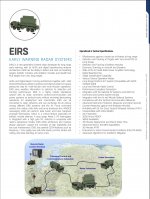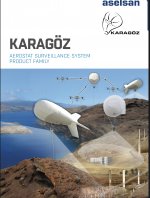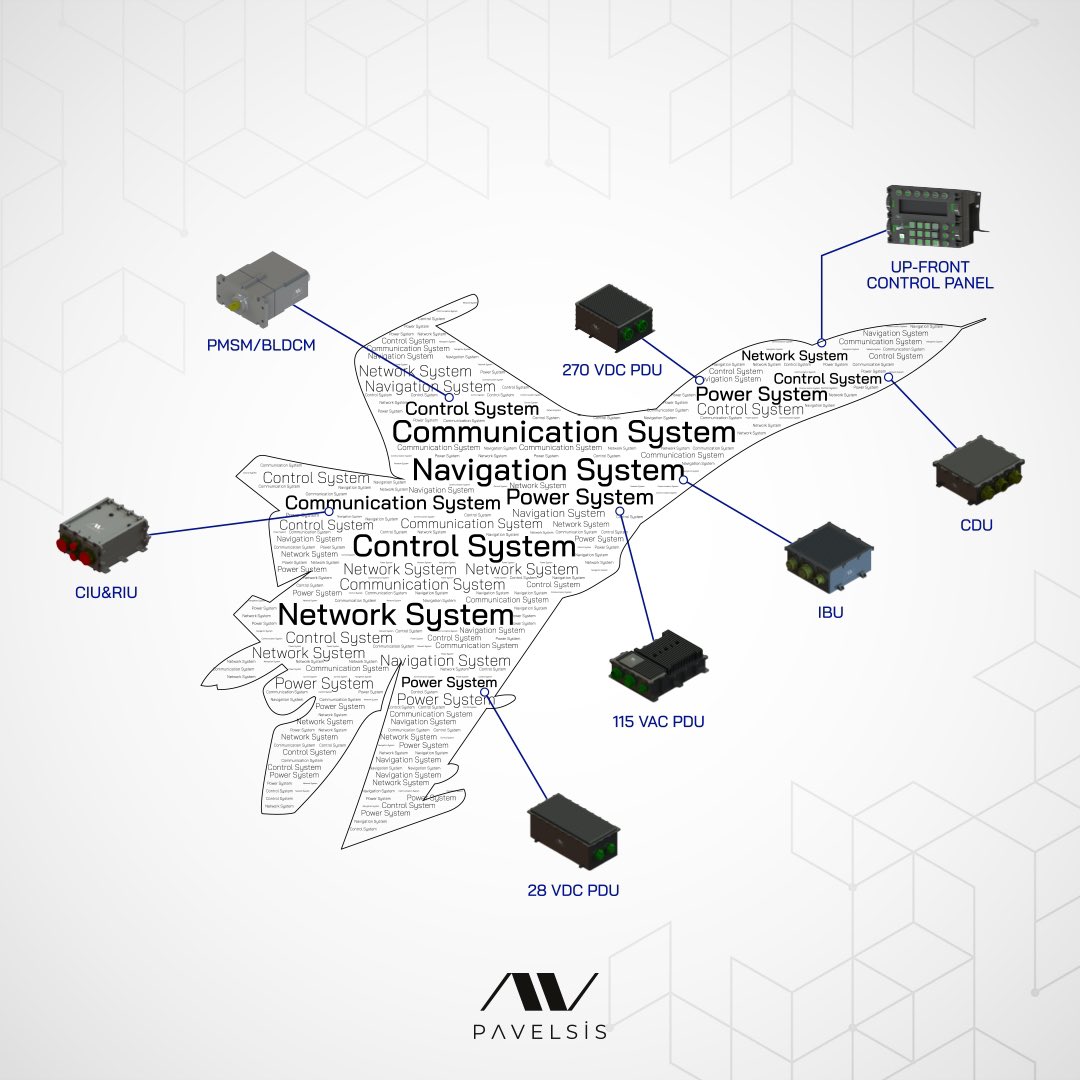Baryshx
Contributor
First radiation at ASELSAN Quantum Technologies Research Laboratory KUANTAL!
Quantum-based remote sensing systems will provide superior performance against hidden targets and interception systems. We continue our R&D activities in quantum technologies that will break new ground.
Quantum-based remote sensing systems will provide superior performance against hidden targets and interception systems. We continue our R&D activities in quantum technologies that will break new ground.









